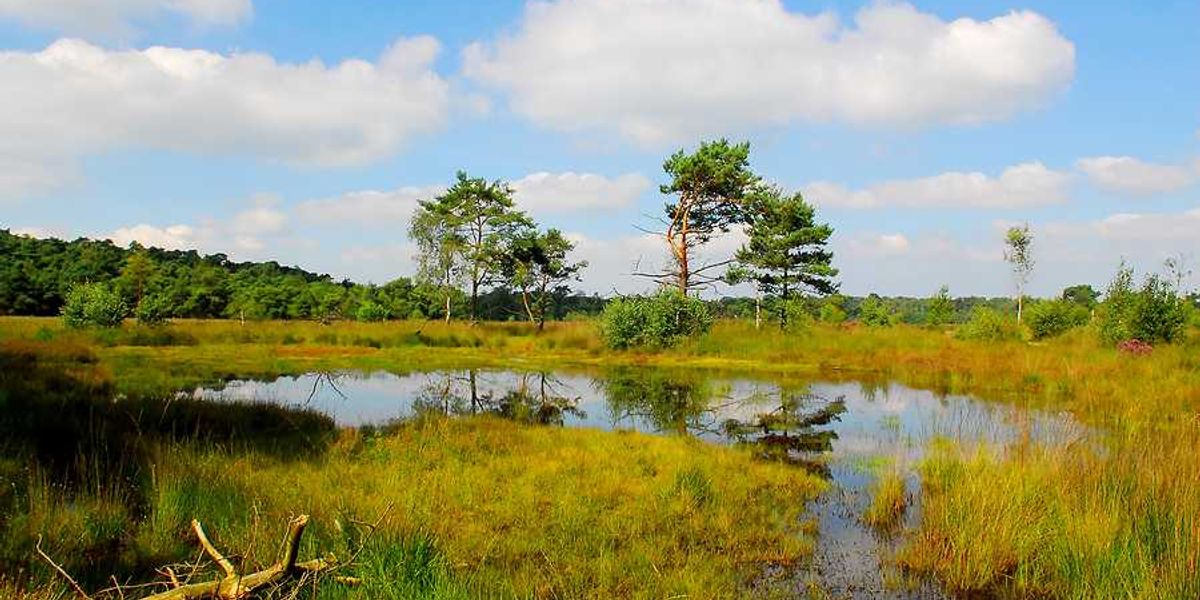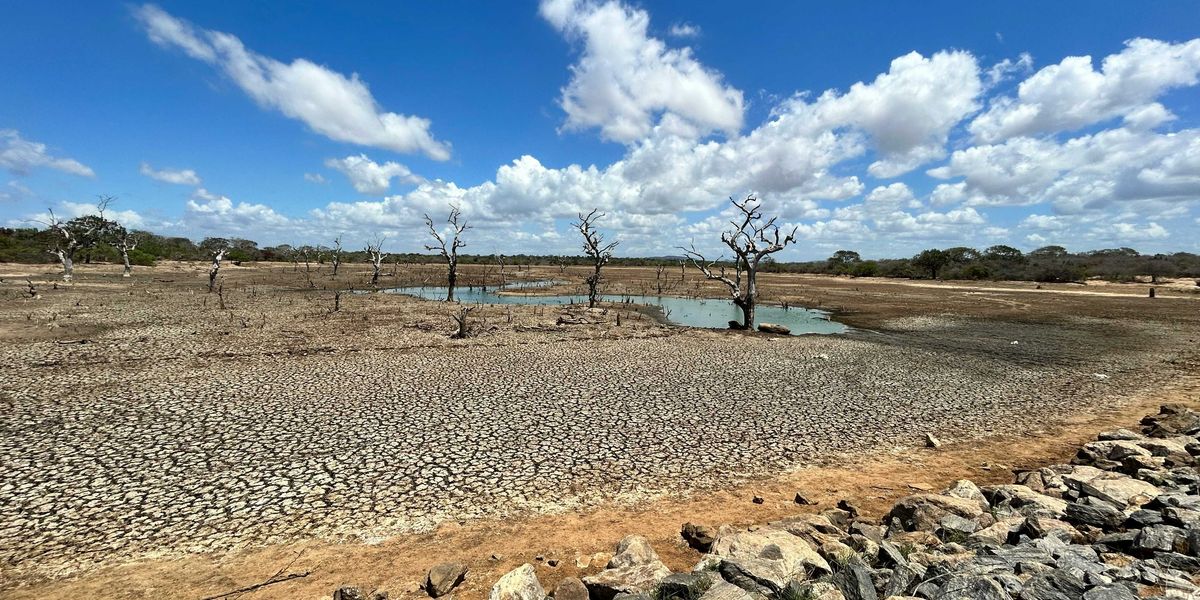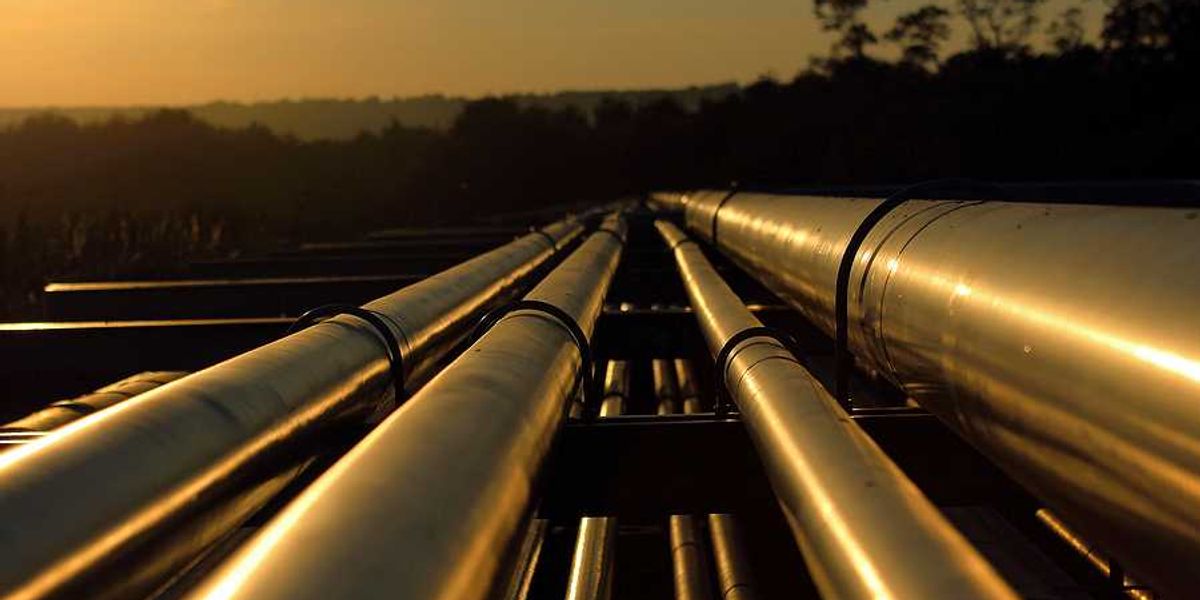Coal-fired steel plants push air pollution levels higher in major U.S. cities
Seven U.S. cities with aging coal-burning steel plants rank among the worst in the country for air pollution, according to new research that links emissions from blast furnaces to dangerous levels of ozone and particulate matter.
Alexander C. Kaufman reports for Canary Media.
In short:
- An analysis by Industrious Labs shows a direct correlation between pollution from seven coal-based steel mills and poor air quality rankings from the American Lung Association in cities such as Cleveland, Pittsburgh, and Gary, Indiana.
- The facilities emit large quantities of nitrogen oxides and PM2.5, pollutants tied to asthma, cancer, heart disease, and other health issues. These emissions help drive their host regions into the top tier of U.S. cities with the worst air quality.
- Despite recent U.S. Environmental Protection Agency rules to curb emissions, the Trump administration has offered steelmakers a two-year exemption, and U.S. Steel has already accepted, raising concerns about stalled efforts to transition to cleaner electric arc furnaces.
Key quote:
“It just points to the fact that coal-based steelmaking is harmful to our health, and we need to be taking more action today to clean up these mills.”
— Hilary Lewis, steel director at Industrious Labs
Why this matters:
Air pollution from coal-based steelmaking seeps into lungs, settles in bloodstreams, and alters health trajectories across entire communities. PM2.5, the fine particulate matter released by these blast furnaces, is a known contributor to chronic diseases including heart and lung conditions, cognitive decline, and adverse birth outcomes. Cities hosting these facilities — often historically industrial hubs — already face economic stress and health disparities, compounding the risk. Children, older adults, and low-income populations are especially vulnerable. When federal regulators roll back or delay enforcement, the pollution persists or worsens, entrenching environmental injustice. Moreover, the transition to electric arc furnaces, which emit far fewer pollutants, is within reach — yet under threat.
Read more from EHN:













